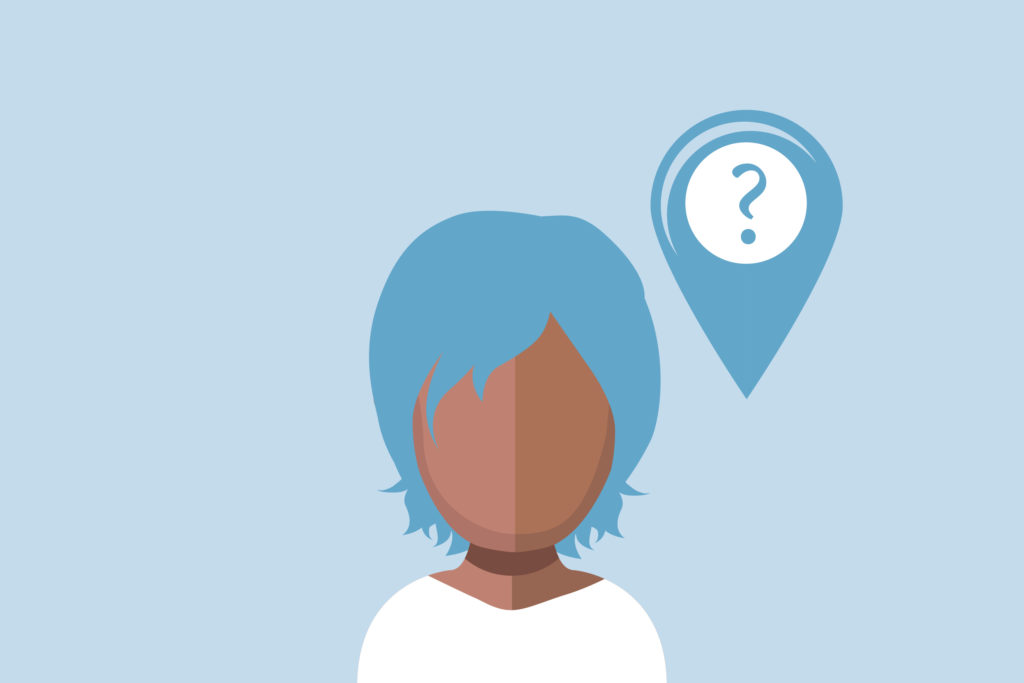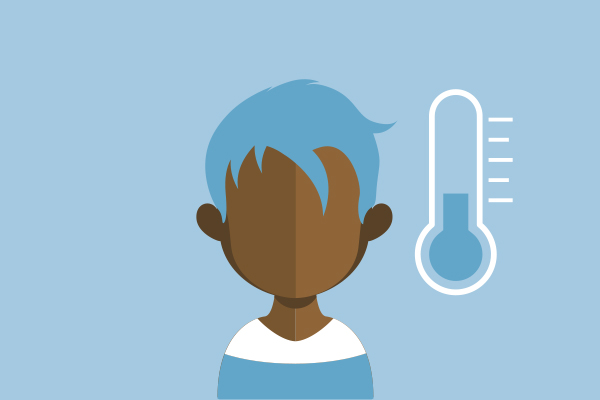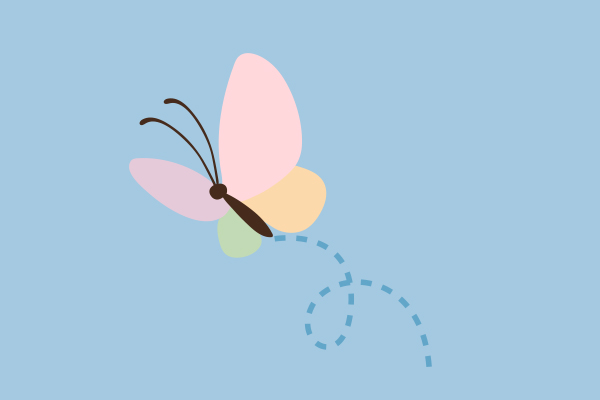Teacher, parent, or mixed adult workshop exploring the community adults’ knowledge of the issues that have led
refugees and asylum seekers to leave their place of origin.
Through experiential learning, the group will engage in activities to experience what a refugee has experienced on her way here.
The participants to:
- explore to what extent adults in the school community are aware of the reality of refugees in their locality,
- discern the stereotypes and prejudices that exist about refugees, as well as the causes of these stereotypes and prejudices,
- experience displacement and integration in order to identify their views on these issues,
- feel solidarity with refugees and to some extent empathy towards them.
- show an active interest in knowing more about the lives of refugees and the reasons why they were forced to flee,
- reflect on their views on refugees in order to revise stereotypical thoughts and prejudices,
- have some empathy with the refugees and the issues they face in their own country.
Steps
- The group in a circle gets to know each other by saying their names and an adjective beginning with the first letter of their name that might identify them or not, without revealing if it is actually applicable. The purpose is to get to know each other and to reflect on how others see us, and on how we see others.
- The participants stand up and the facilitator asks them to walk around the room. When she says a number, try to form groups with that number of members. The aim is to make at least 3 groups. By trying to find a way to form groups in a certain way, the participants will cooperate, invent solutions, help each other. The last announcement asks the participants to each take a chair and sit together in the same groups. Each group forms their own small circle to start working together.
- The facilitator shows a picture of a woman who seems to be in difficulty, asking each group to discuss for 5 minutes and decide what problem they think this woman is facing. She asks them to present their results in plenary. Then she asks each group: “What made you think this? And what characteristics of the woman contributed to your decision?” From the answers she will ascertain the way the groups view this woman, possible prejudices and stereotypes.
- The facilitator reads out loud or projects this text on a screen: “My name is Maryam and I am a refugee in this city. I arrived a month ago from my country, from which I fled in horror at what is happening. My life was in danger”. Then she asks: “Now that you know who she is, what do you say about your decision?” Follow with a discussion.
- The facilitator draws an outline of a person and then asks each group to decide and write down one of Maryam’s thoughts. S/he gives 10 minutes for them to decide and then one person from each group writes the thought inside the outline. S/he asks everyone to read the thoughts that the teams wrote inside the outline.
- S/he asks the whole group:
- Do you know the causes of displacement, the conditions the refugees faced on their journey, the situation they are facing now? The objective is to listen to information and create an atmosphere of curiosity. At the same time, it will create a need to know and to get to know each other. Follow with a PowerPoint presentation about refugees: numbers, origin causes of displacement, etc. https://www.unhcr.org/ After the presentation, the facilitator asks each group member to think now that they know more about Mariam and write a thought about her outside the outline. At the end everyone should read what the others have written.
- The facilitator asks the groups to think about and form a very short, one-minute performance, with dialogue and participation of all members, that highlights one of the following moments from Maryam’s life. Each group chooses one (or the facilitator assigns according to the number of groups): Maryam at home before the she needed to flee. Maryam is displaced in terror. Maryam arrives to our country/town. Maryam lives in our town. Maryam meets us. The groups prepare (30 minutes) their event and then present it in turn, forming snapshots of Maryam’s life.
- Feedback and reflective discussion in a circle: How did you feel about Maryam? What problems might she have faced to get to our city; what did she leave behind? What problems might she face in our city? How can she find support? How does she feel about us; how do we feel about her? What can we do for her; what can we all do together as a school community?
Evaluation
Reflective circle at the end of the workshop.

Duration: 180 minutes
Materials:
- PowerPoint presentation with facts about refugees in the country/city
- picture/photo of Maryam
- flipchart paper or whiteboard
- computer.
- projector.





